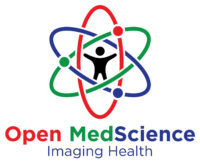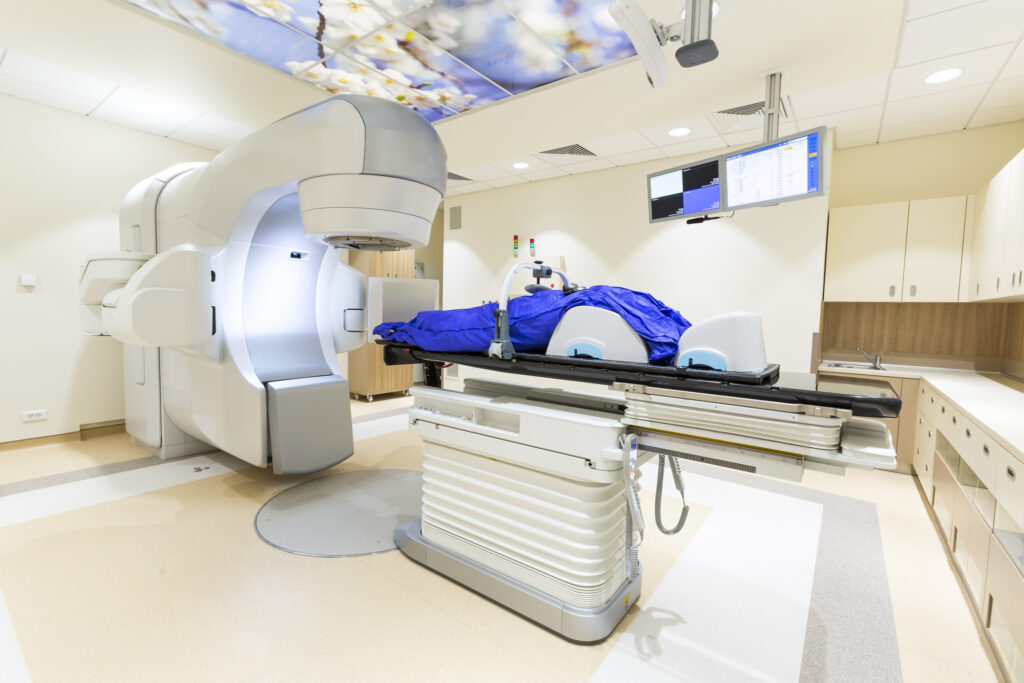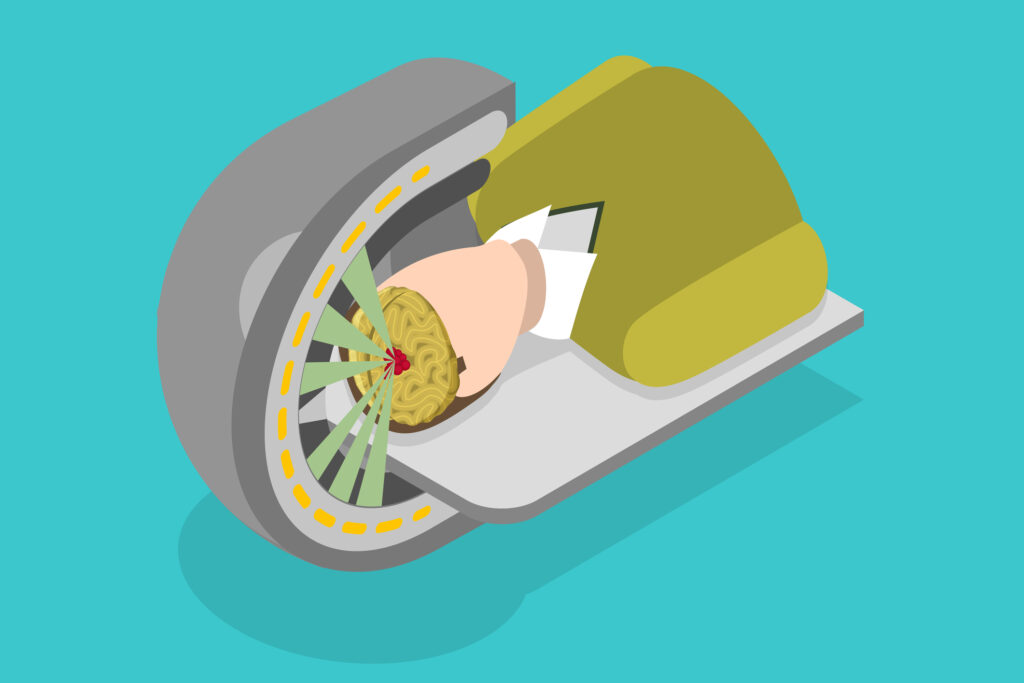Summary: Sealed radioactive sources form the foundation of brachytherapy, an internal radiation therapy widely used in treating cancer. This therapy involves placing encapsulated radioactive isotopes directly into or near tumours and delivering targeted radiation doses with precision. Understanding the types of radioactive sources, their clinical applications, safety procedures, regulatory frameworks, and future trends is crucial for ensuring effective and safe patient outcomes. This article examines the key aspects of sealed radioactive sources in brachytherapy, including their significance, practical applications, inherent risks, and governance within medical practice.
Keywords: Brachytherapy, Sealed Radioactive Sources, Radiation Safety, Isotopes, Cancer Treatment, Medical Regulations.
Understanding Brachytherapy
Brachytherapy, a specialised form of radiation therapy, involves placing radioactive materials, often referred to as sealed sources, directly within or adjacent to cancerous tissues. These sealed sources emit radiation locally, ensuring precise treatment while limiting exposure to surrounding healthy tissues. The term ‘brachytherapy’ originates from Greek, meaning “short-distance therapy,” highlighting the therapy’s precise and localised nature.
Given the precision of dose delivery and effectiveness in treating various malignancies, sealed radioactive sources in brachytherapy have become integral in oncology departments worldwide.
Types of Sealed Radioactive Sources
Sealed radioactive sources are radioactive isotopes encapsulated within robust, corrosion-resistant materials such as titanium, stainless steel, or platinum. Common isotopes used in brachytherapy include:
Iridium-192 (Ir-192)
Iridium-192 is extensively employed due to its relatively short half-life (~74 days), optimal gamma-ray energy, and consistent dose rate, making it particularly suitable for high-dose-rate (HDR) brachytherapy.
Iodine-125 (I-125)
Primarily used in low-dose-rate (LDR) treatments, iodine-125 has a half-life of approximately 60 days, providing a prolonged, consistent radiation dose ideal for prostate cancer treatment.
Cesium-137 (Cs-137)
Although historically widely used due to its long half-life (approximately 30 years), cesium-137 has gradually fallen out of favour in modern medical practice because of security concerns and the availability of safer alternatives.
Palladium-103 (Pd-103)
With a half-life of about 17 days, palladium-103 is often selected for prostate cancer brachytherapy, as its low-energy radiation effectively spares surrounding tissues.
The choice of isotope is dependent on factors such as tumour type, size, location, and desired radiation intensity.
Clinical Applications of Sealed Sources
Brachytherapy, leveraging sealed radioactive sources, is commonly applied in the management of various cancers, notably:
Prostate Cancer
Prostate cancer treatment is among the most prevalent applications of brachytherapy. LDR brachytherapy with iodine-125 or palladium-103 seeds delivers a consistent dose over several weeks or months, offering patients an alternative to external beam radiotherapy or surgical procedures.
Cervical and Gynaecological Cancers
Iridium-192 is the isotope of choice for treating cervical and other gynaecological cancers, which is effectively administered through HDR brachytherapy. This method achieves superior local tumour control while reducing the impact on adjacent healthy tissues.
Breast Cancer
Intraoperative brachytherapy using sealed sources, such as iridium-192, can be used post-lumpectomy to minimise recurrence risk, significantly reducing the overall treatment duration compared to traditional external radiotherapy methods.
Skin Cancer
Brachytherapy has become increasingly recognised as an effective alternative for treating superficial skin cancers. The procedure is particularly beneficial for elderly patients or those unable to undergo surgery.
Radiation Safety and Handling Procedures
Safety is paramount when managing sealed radioactive sources, as they pose significant health risks if mishandled or improperly contained. Key safety measures include:
Encapsulation and Source Integrity
Sealed sources must maintain structural integrity to prevent radioactive leakage. Rigorous manufacturing standards and periodic testing are mandated to promptly detect and mitigate source degradation or failure.
Storage and Security
Sealed radioactive sources require secure storage facilities featuring appropriate shielding to minimise external radiation exposure. Hospitals and clinics must implement strict security protocols to prevent theft, loss, or unauthorised access to radioactive materials.
Handling and Transport
Personnel involved in handling radioactive sources must receive extensive training on correct procedures, usage of remote-handling tools, shielding, and radiation protection principles. Transportation of sources demands strict compliance with national and international transport regulations.
Emergency Response
Robust emergency protocols must be in place to manage incidents of accidental exposure, contamination, or source loss. Regular emergency drills and staff training programmes ensure preparedness for potential radiation incidents.
Regulatory Framework Governing Sealed Radioactive Sources
In the UK, the management of sealed radioactive sources is governed by several regulatory bodies and frameworks to ensure safe usage and environmental protection:
Ionising Radiation Regulations (IRR) 2017
The IRR provides comprehensive guidance on radiation safety measures, mandating radiation risk assessments, effective dose management strategies, and emergency preparedness for institutions employing radioactive sources.
Environmental Permitting Regulations (EPR) 2016
The EPR framework oversees the safe disposal and environmental protection against radioactive contamination. Institutions must adhere strictly to these regulations, ensuring appropriate waste disposal and environmental risk management.
Health and Safety Executive (HSE)
The HSE monitors compliance with radiation safety standards, performing regular inspections and audits. They provide guidance on best practices to institutions, ensuring continuous adherence to national and international safety norms.
International Atomic Energy Agency (IAEA)
Although a global agency, the IAEA influences UK policy by providing guidelines, promoting international standards, and assisting in the development of national frameworks aligned with global radiation safety and security practices.
Risks and Challenges Associated with Sealed Sources
While brachytherapy significantly benefits patient outcomes, several inherent risks and challenges accompany the use of sealed radioactive sources:
Radiation Exposure
Healthcare professionals involved in brachytherapy procedures face potential radiation exposure, necessitating rigorous adherence to safety protocols and regular monitoring through dosimeters and personal protective equipment.
Source Loss and Contamination
Despite robust encapsulation, sealed sources can potentially leak or become lost, posing significant health and environmental risks. Effective tracking systems and emergency preparedness are, therefore, mandatory.
Disposal Challenges
Managing the disposal of sealed radioactive sources is complicated by their radioactive decay characteristics. Facilities must plan meticulously for the safe disposal of waste, ensuring compliance with stringent environmental regulations.
Future Trends in Brachytherapy
Advances in technology and radiological science promise ongoing developments in brachytherapy. Emerging trends include:
Innovations in Source Technology
Research is exploring new isotopes with enhanced safety and efficacy profiles. Novel encapsulation techniques aim to improve source stability and reduce contamination risks.
Automated Remote Handling Systems
Advanced robotics and automation systems for source placement and removal offer improved precision, reducing occupational exposure risks and improving overall safety and accuracy.
Personalised Treatment Planning
Enhanced computational modelling, supported by artificial intelligence, facilitates highly personalised treatment plans, improving therapeutic outcomes and reducing side effects through precise radiation dosing.
Increased Outpatient Procedures
Improvements in source technology and safety measures will likely increase outpatient brachytherapy, reducing hospitalisation costs and enhancing patient comfort and convenience.
Conclusion
Sealed radioactive sources have revolutionised cancer treatment through brachytherapy, offering targeted, effective, and minimally invasive therapy options. Continued advancements in source technology, coupled with rigorous safety practices and strong regulatory oversight, ensure that brachytherapy will remain a cornerstone in oncological practice. Healthcare providers must stay informed about evolving technologies, safety protocols, and regulatory developments, ensuring patient safety and optimising treatment outcomes.
In this context, sealed radioactive sources represent not only an effective therapeutic tool but also a testament to the ongoing innovation and commitment of medical science to patient care.
Disclaimer
The content of this article is intended for informational and educational purposes only. Open Medscience does not provide medical, legal, or regulatory advice. While every effort has been made to ensure the accuracy and currency of the information presented, it should not be relied upon as a substitute for professional guidance from qualified healthcare providers, radiation safety experts, or regulatory authorities.
Practitioners must consult relevant clinical guidelines, institutional protocols, and applicable national or international regulations when working with sealed radioactive sources in brachytherapy. Any procedures involving radioactive materials should be conducted by trained personnel under appropriate supervision and with strict adherence to safety standards.
Open Medscience accepts no responsibility for any loss, injury, or damage resulting from the use of or reliance on the information contained within this article.
You are here: home » diagnostic medical imaging blog »



